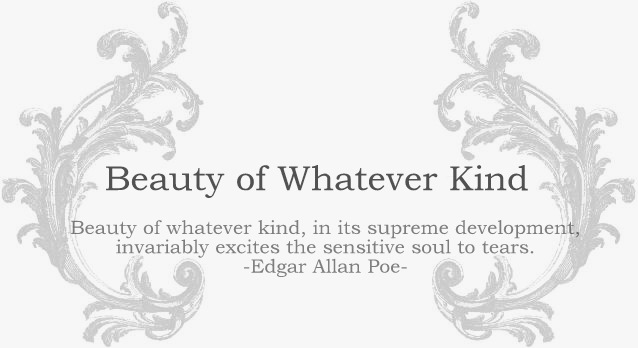How time flies! The month of March has kept me busy; marking papers, concentrating on my own work, and yes, procrastinating. I'm currently working towards completing an essay about the artwork of Peter Rindisbacher. Never heard of him, you say? Canada claims his work as an important element within the foundations of its history. Rindisbacher came from Switzerland at the age of fifteen in 1821. The Rindisbacher family, as well as 160 other settlers (primarily Swiss), were part of a last effort by the English Lord Selkirk and the Hudson's Bay Company to try and colonize the Red River area (present day Winnipeg). This project had begun in 1812 and was never considered anything other than a failure. The area of Red River was already inhabited by various First Nations groups, retired fur traders, their families and earlier groups of settlers (mainly Highland Scotts in this case) sent by Selkirk in years previous. Meanwhile, many from this fresh group of Selkirk Settlers would not stay in Red River very long; some, including Rindisbacher, would travel southwards to the United States after a few years of crop failures and disease. Rindisbacher would die at the age of twenty-eight in St-Louis, Missouri.

In the meantime, Rindisbacher painted many scenes depicting life in Rupert's Land. He was primarily self-taught, except for having studied briefly with Swiss artist Jakob Weibel, a minituarist and landscape artist. Rindisbacher's images reflect European stylistic preferences of the time. Scenes of Rupert's Land would begin with the arrival of the settlers aboard the Wellington at York Factory in Hudson Bay and the ship's close call with an iceberg. Other scenes would reveal the life of the settlers as they journeyed from Hudson Bay towards Red River; portaging York boats and camping along Lake Winnipeg.





Other scenes, such as the one above, would cater to European interests of the time such as notions of the exotic.

Another popular scene at the time, which Rindisbacher produced amply, was that of hunting big game.
In the past, many of these images have been taken as accurate and truthful representations, though current endeavours by historians have commented that Rindisbacher had his own perceptions of that which he was witnessing and was also well aware of the interests of potential buyers. Negative stereotypes regarding First Nations and Métis peoples have also sprouted from literal interpretations of these images. Nevertheless, the art of Peter Rindisbacher are valuable remnants from an exciting age of interaction between cultures. The last image is one of my favourites; it depicts the forks where the Assiniboine and Red Rivers meet, where now stands the center of present-day Winnipeg.

Winter fishing on the ice of the Assiniboine and Red Rivers,
1821.1
*Images were provided by the digital collections of Library and Archives Canada*
